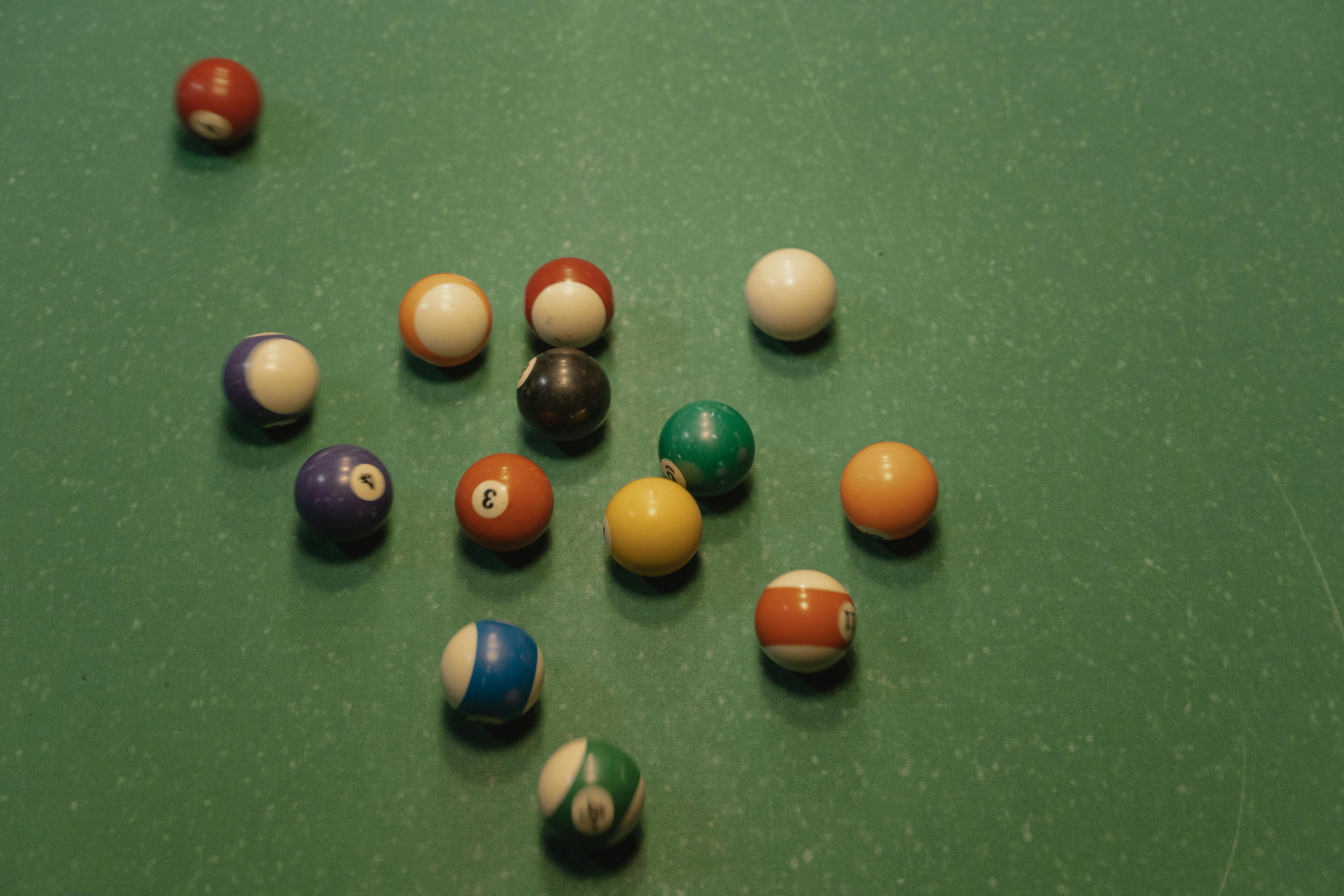The clitoris is often overlooked and neglected despite modern female awareness and many women’s understanding of their own sexual self. Trying to find accurate information about how the clitoris works and how it contributes to women’s pleasure remains very difficult.
Understanding the clitoris has to be central to this change. The clitoris is now being understood in much more detail. The common belief among women, men, doctors, and sex therapists that the clitoris is a small, pea-sized bump and that a woman’s sexual response is not as powerful as a man’s is incorrect.
The clitoris has 18 parts, some of which can be seen as the glans or tip, the inner lips and the hood; which is the equivalent of the foreskin in men. The clitoris is a powerful organ of sexual pleasure. The tips have 8,000 sensory nerve endings, more than any other part of the body. Take into account the requirements of pregnancy and women have much more blood supply to the pelvic area and longer and stronger pelvic muscles. The overall effect is that the clitoris, unlike the penis, which produces a single powerful explosive orgasm, can produce multiple orgasms (up to 100!). Therefore, it can be argued that women’s sexual pleasure response is more powerful than men’s.
It is time for us women to understand the composition of the clitoris. It is now believed that the way the clitoris is interconnected means that all female orgasms through stimulation of the female genitalia are directly related to the clitoris.
Australian urologist Dr. Helen O’Connel, using MRI technology, noted that the clitoral legs or roots have a direct relationship to the erectile tissues of the clitoral bulbs and bodies, and the distal urethra and vagina. O’Connel claims that this interconnected relationship is the physiological explanation of the G-spot and vaginal orgasm experience given the stimulation of the internal parts of the clitoris during vaginal penetration. Women who experience orgasm from both direct stimulation of the clitoral glans and vaginal access to internal bodies distinguish between the two in terms of the physical and general sensation associated with each. (In other words, the clitoris is the reason women orgasm from vaginal penetration as the internal clitoris is stimulated.)
During sexual arousal and orgasm, the clitoris and the entire genitalia swell and change color as the erectile tissues fill with blood and the person experiences vaginal contractions. Masters and Johnson documented the sexual response cycle, which has four phases and remains the clinically accepted definition of the human orgasm. More recent research has determined that women can experience sustained intense orgasm through clitoral stimulation and remain in the orgasmic phase for much longer than the original studies indicated, as evidenced by genital engorgement and changes in color and shrinkage vaginal.
The understanding of the clitoris is slowly being observed, but there is still a way to go. What we can say categorically is that the clitoris is intrinsic to any stimulation that results in orgasm. Direct stimulation can be painful for a woman and it may be better for a woman to arouse herself in another way to get wet first for greater comfort. The other option is to use your favorite lube to make things slippery. Anything girls do through the clitoris should be remembered either for lovemaking or for self-pleasure to increase orgasm. Direct clitoral stimulation techniques can also add variety to masturbation.



